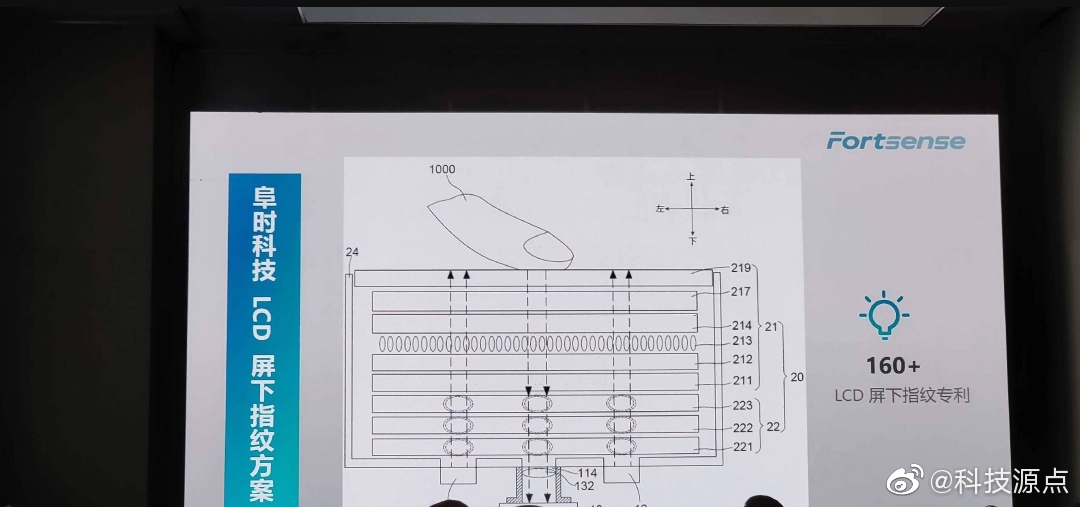Nowadays, in-display fingerprint sensor has become a trendy feature and is not just limited to flagship smartphones. Even the premium mid-range smartphones have also started offering the in-display fingerprint sensor.
But to offer the in-display fingerprint sensor, the smartphone manufacturer needs to use an OLED display. So what happens is that with the help of the visible light camera and the display panel, light transmittance of the OLED panel is used to “photograph” the fingerprint.
However, the LCD panels are not naturally capable of transmitting light thus, instead of using the LCD panel, the smartphone manufacturers have to rely on the OLED panels to offer in-display fingerprint scanner feature. But, that could change soon.

After continuous efforts from the manufacturers, a major breakthrough has been achieved in the LCD-based in-display fingerprint sensor solution. Fortsense has announced that it has successfully developed in-display fingerprint sensor for the LCD panels.
The R&D team of R&S claims that they revised and improved the fingerprint optical path scheme through continuous modification and improvement of the LCD backlight panel. This solved the display effect, fingerprint imaging effect and other related issues.
Further, the company seems to have adopted an algorithm-based approach. It uses the deep learning neural network algorithm for optimization and recognition of fingerprints quickly on the LCD panel. As per the company, the fingerprint recognition rate is comparable to the traditional fingerprint sensors.
This is a major breakthrough as the costing of LCD panel is much cheaper than the OLED panels. Also, the usage of LCD panels is also much more than OLED displays. If this works out well, then we should be getting a budget smartphone with in-display fingerprint sensors by the end of next year.
(Via)







